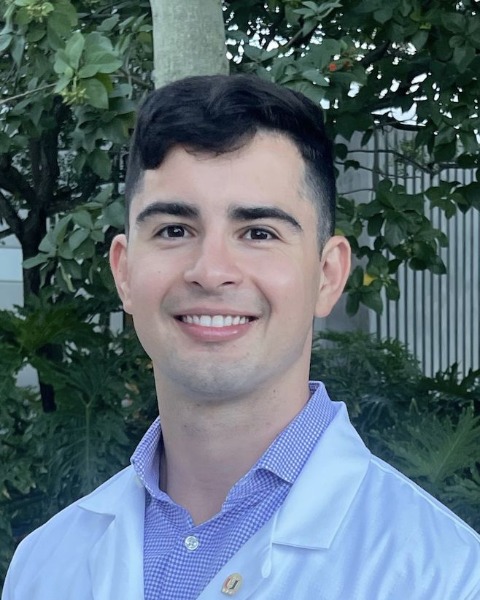Degenerative
Safety and efficacy of cervical partial corpectomies for the treatment of dysphagia due to esophageal compression
Friday, February 21, 2025

David J. Levi, BAE
Medical Student
University of Miami
Presenting Author(s)
Disclosure(s):
David J. Levi, BAE: No financial relationships to disclose
Introduction: Anterior cervical osteophytes are a common degenerative change, particularly in cases of diffuse idiopathic skeletal hyperostosis. The vast majority of anterior cervical osteophytes are asymptomatic but occasionally these boney protuberances can grow large, resulting in dysphagia, dysphonia, and even dyspnea.
Methods: This is a retrospective institutional case series of 18 patients who all presented with dysphagia +/- dysphonia, dyspnea secondary to cervical anterior osteophytes ranging from levels C2 to T1 who were treated with single or multilevel cervical partial corpectomies.
Results: There were a total 18 patients who met the inclusion criteria with an average age of 68.7 year (range of 53 - 83 y.o.). The size and number of levels of ventral cervical osteophytes was documented using a combination of x-rays, CT and MR with the functional significance of the osteophytes on esophageal motility using a gastrograffin swallow study. Of the 18 patients, 100% of the patients had dysphagia, 33 % dysphonia, and 6% of patients had dyspnea. Anterior cervical osteophytes were limited to C2 to T1. All patients in this series were treated with an anterior cervical approach with drilling of the osteophytes restoring the normal anterior cervical vertebral body anatomy. There were no complications and no worsening of dysphagia in the immediate peri-operative period. Longer term (3 months) follow-up demonstrated that 16 of the 18 patients had improvement in their dysphagia with one unchanged and one slightly worse.
Conclusion : An anterior cervical approach with partial corpectomies in the setting of large anterior cervical osteophytes producing dysphagia from levels C2-T1 provides symptomatic relief in a majority of cases with minimal risk of complications.

.jpg)